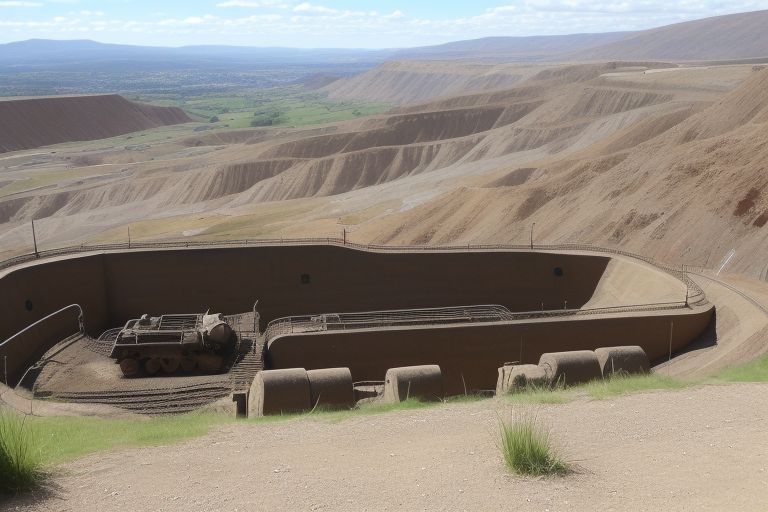In a significant development that marks a new era for the West African mining sector, iron production has surged by an impressive 19% in the region’s mines. This remarkable growth not only highlights the untapped potential of West Africa’s mineral resources but also positions the region as a burgeoning powerhouse in the global iron market. The increase in iron production is a testament to the resilience and innovation of the mining industry in West Africa, amidst challenges such as fluctuating global prices, logistical hurdles, and the imperative of sustainable mining practices.
The Catalysts Behind the Surge
Several factors have contributed to this unprecedented increase in iron production in West Africa. Firstly, substantial investments in mining infrastructure and technology have played a pivotal role. Mining companies have adopted state-of-the-art technology to enhance efficiency, reduce waste, and increase output. Innovations in extraction and processing techniques have enabled miners to tap into previously inaccessible or unviable deposits.
Secondly, the West African governments have implemented favorable policies to attract foreign investment and encourage local participation in the mining sector. These policies include tax incentives, streamlined regulatory frameworks, and initiatives aimed at improving transparency and governance in the mining industry. Such measures have not only bolstered investor confidence but have also fostered a more conducive environment for the growth of the sector.
Moreover, the global demand for iron, driven by burgeoning construction and manufacturing sectors, especially in emerging economies, has spurred the increase in production. Iron, a critical component in steel-making, is indispensable in various applications ranging from infrastructure development to automobile manufacturing. The West African mines, with their vast reserves of high-grade iron ore, are well-positioned to meet this rising global demand.
Challenges and Opportunities
Despite the optimistic outlook, the surge in iron production in West Africa is not without its challenges. The mining sector faces issues related to environmental sustainability, community relations, and the need for skilled labor. The environmental impact of mining, including land degradation, water pollution, and deforestation, remains a significant concern. Mining companies are increasingly adopting sustainable mining practices, but the pace and scale of these initiatives need to match the sector’s growth.
Community relations are another critical area. Mining operations often have a profound impact on local communities, affecting their livelihoods, health, and environment. Ensuring that the benefits of mining are equitably shared, through community development projects and local employment opportunities, is essential for the long-term sustainability of the sector.
The skills gap is also a notable challenge. As mining operations become more technologically advanced, there is a growing demand for skilled professionals. Investing in education and training programs to build a skilled workforce is crucial for the continued growth and competitiveness of the West African mining sector.
The Road Ahead
Looking forward, the prospects for the iron mining sector in West Africa are promising. The region has the potential to become a key player in the global iron market, contributing to economic growth and development. However, realizing this potential requires a balanced approach that addresses the sector’s challenges while capitalizing on its opportunities.
Investments in infrastructure, technology, and workforce development will be critical. Equally important is the commitment to sustainable and responsible mining practices that minimize environmental impact and ensure the well-being of local communities. With these measures in place, the West African mining sector can continue to thrive, driving regional development and contributing to global supply chains.
